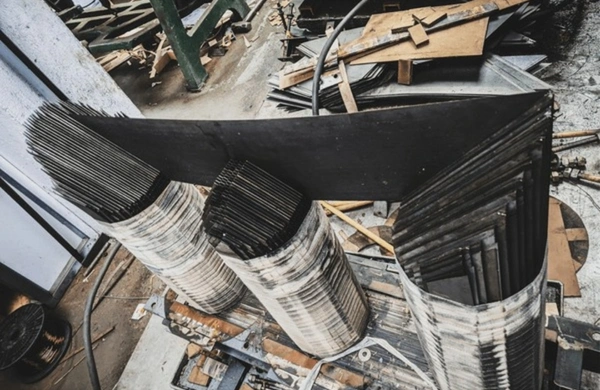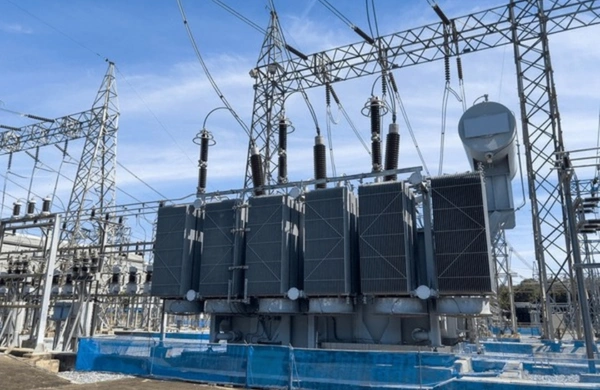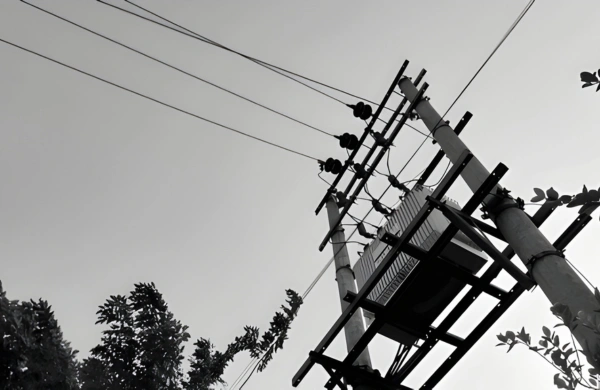Introduction
Energy efficiency in transformers begins at their core—literally. The lamination core serves as the magnetic pathway that dictates how effectively energy is transferred between windings. Every watt of energy lost in the core due to hysteresis and eddy currents translates into operational inefficiency, excess heat, and reduced lifespan.
Know About Transformer Lamination Core Suppliers Driving Energy Savings
As power grids modernize and sustainability targets tighten, manufacturers are engineering high-performance transformer laminations that dramatically cut losses. These precision-processed steel sheets form the foundation of efficient power and distribution transformers, improving grid reliability and lowering total cost of ownership.
Zetwerk delivers engineered CRGO and CRNGO lamination cores that help North American transformer OEMs and utilities achieve their highest energy performance standards while maintaining mechanical strength, dimensional precision, and long-term stability.
1. Why Transformer Laminations Matter for Energy Efficiency
A transformer’s efficiency hinges on how effectively magnetic flux flows through its core. Laminations divide the magnetic path into thin, insulated sheets—typically between 0.23 mm and 0.35 mm thick—which interrupt eddy current circulation and limit magnetic losses.
By controlling the material grade, thickness, and stacking arrangement, suppliers can optimize both no-load (core) losses and load-dependent (copper) losses.
Modern lamination cores manufactured using cold-rolled grain-oriented (CRGO) steel deliver superior efficiency by aligning the magnetic grains parallel to the flux path, minimizing resistance and hysteresis effects.
2. CRGO vs. CRNGO Laminations: Material Selection for Performance
Cold-Rolled Grain-Oriented (CRGO) Steel
CRGO laminations are the standard for power and distribution transformers where energy savings and long-term reliability are critical. Their microstructure is aligned during rolling to achieve high magnetic permeability and low core loss.
Key properties:
- High induction levels (1.8–2.0 T)
- Low watt loss per kilogram
- Reduced magnetostriction for quieter operation
- Available in M2 to M5 grades
Zetwerk sources and processes prime-grade CRGO steel from globally qualified mills, maintaining consistent performance and traceability across production batches.
Cold-Rolled Non-Grain-Oriented (CRNGO) Steel
CRNGO laminations are used in smaller transformers, motors, and inductors where magnetic flux direction changes frequently.
Key advantages:
- Isotropic magnetic behavior
- Lower cost compared to CRGO
- Suitable for rotating and dynamic field applications
Zetwerk offers both CRGO and CRNGO laminations, precisely slit, deburred, and coated with insulating varnish to ensure minimal inter-laminar loss.
3. Advanced Lamination Manufacturing: Precision in Every Step
Energy-efficient laminations require meticulous control over cutting, stacking, and surface insulation. Zetwerk employs automated and digitally monitored processes to achieve tight dimensional tolerances and high stacking factors.
Manufacturing process overview:
- Slitting and Shearing: CNC-controlled lines cut coils into precision strips, maintaining burr-free edges.
- Step-Lap Cutting: Custom step-lap configurations minimize air gaps, reduce magnetic leakage, and lower audible noise.
- Annealing: Controlled annealing at high temperatures restores magnetic properties lost during cutting.
- Coating and Insulation: Each lamination is coated with high-resistance varnish (C5 or C6 grade) for interlayer insulation.
- Stacking and Assembly: Laminations are stacked with exact alignment, optimizing magnetic flux continuity.
Every core undergoes watt-loss measurement, dimensional verification, and visual inspection before shipment.
4. Engineering Design and Optimization
Zetwerk’s engineering team utilizes 3D modeling and electromagnetic simulation to optimize lamination configurations for different transformer classes:
- Stacked Cores: Used in large power transformers, offering mechanical strength and serviceability.
- Wound Cores: Preferred in distribution transformers for compactness and low noise.
- Shell-Type Cores: Common in industrial and special-purpose transformers.
By adjusting lamination geometry, step-lap angles, and material grade, Zetwerk helps OEMs achieve loss reductions of 5–10% compared to conventionally assembled cores.
5. Loss Reduction and Compliance with Global Efficiency Standards
Energy efficiency regulations across North America, such as U.S. DOE 2016 Level 2 and NRCan C802, place strict limits on allowable core losses.
Zetwerk’s lamination cores meet or exceed these standards through:
- High-permeability CRGO steel minimizing hysteresis losses
- Thin laminations reducing eddy current paths
- Stress-relieved annealing restoring grain alignment
- Advanced insulation coatings preventing inter-laminar conduction
Each lamination batch undergoes watt-loss testing at 1.5 T and 1.7 T induction levels per ASTM A343/A343M, ensuring compliance with transformer OEM specifications.
6. Applications Across Power and Industrial Sectors
Precision lamination cores are essential in:
- Power Transformers: For utility substations and transmission networks
- Distribution Transformers: Feeding urban and rural distribution systems
- Dry-Type Transformers: Used in commercial and renewable installations
- Instrument Transformers: Ensuring accuracy in metering and protection circuits
- Special Transformers: For EV infrastructure, railways, and offshore platforms
Zetwerk customizes lamination designs for different kVA ratings, insulation systems, and cooling configurations, ensuring compatibility with OEM assembly processes.
7. Quality Assurance and Testing Protocols
Every lamination core manufactured by Zetwerk undergoes a multi-stage inspection process:
- Thickness and Flatness Verification: Ensuring uniform mechanical and magnetic behavior.
- Core Loss and Permeability Testing: Conducted per ASTM and IEC 60404 standards.
- Coating Resistance Measurement: Confirming insulation integrity between sheets.
- Stacking Factor Analysis: Validating magnetic continuity and assembly compactness.
Digital quality control and barcode-based traceability enable full documentation for every batch, critical for North American energy projects requiring audit-compliant supply chains.
8. Lead Times and Scalability
With vertically integrated production and strategic sourcing, Zetwerk maintains lead times between 6–10 weeks for lamination cores depending on grade and geometry.
For OEMs requiring large-volume supply, Zetwerk offers batch production scheduling, JIT delivery, and core assembly services, ensuring uninterrupted transformer manufacturing cycles.
Conclusion: Zetwerk – Precision Lamination Cores Powering the Future of Energy Efficiency
Zetwerk delivers high-precision transformer lamination cores that reduce energy losses, improve operational performance, and extend transformer life. Through advanced materials, automated processing, and robust quality control, Zetwerk supports North American transformer OEMs and utilities in achieving superior efficiency and reliability.




With end-to-end manufacturing—from coil slitting to stacked core assembly—Zetwerk ensures shorter lead times, global standard compliance, and measurable efficiency gains for every project.
FAQs
a. Laminations divide the magnetic core into insulated sheets, reducing eddy currents and hysteresis losses to improve energy efficiency.
a. Transformer laminations typically range between 0.23 mm and 0.35 mm, depending on transformer rating and design.
a. CRGO has aligned magnetic grains for high efficiency in static transformers, while CRNGO offers isotropic properties for rotating applications.
a. Yes, Zetwerk produces step-lap laminations that minimize magnetic flux leakage and audible noise in high-performance transformers.
a. Standard production lead times are 6–10 weeks, depending on grade, thickness, and core size.








